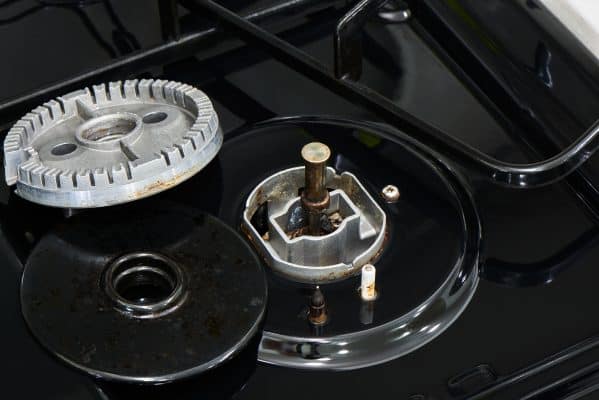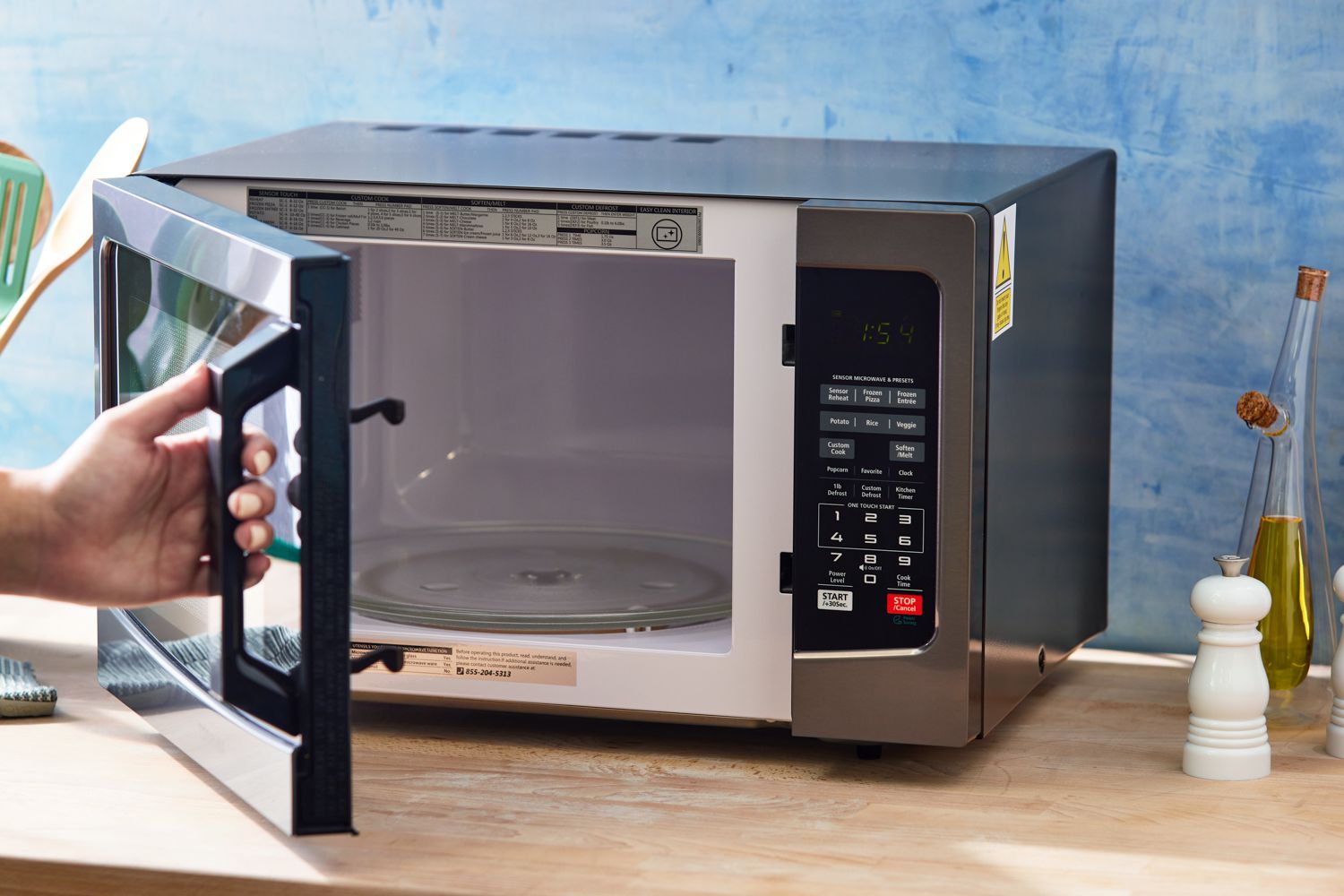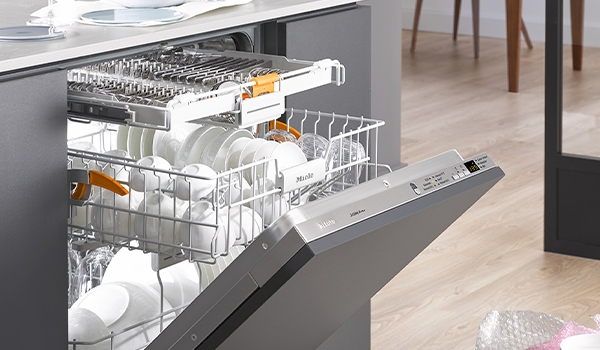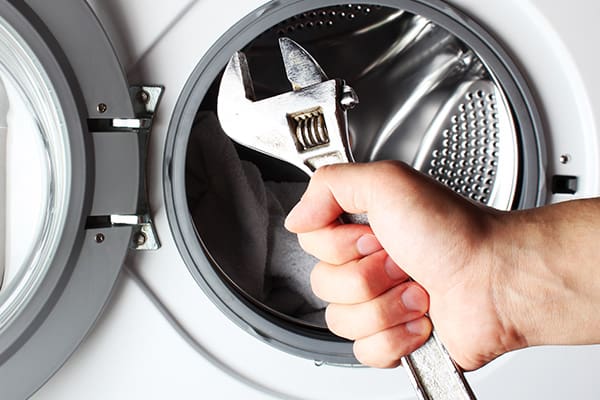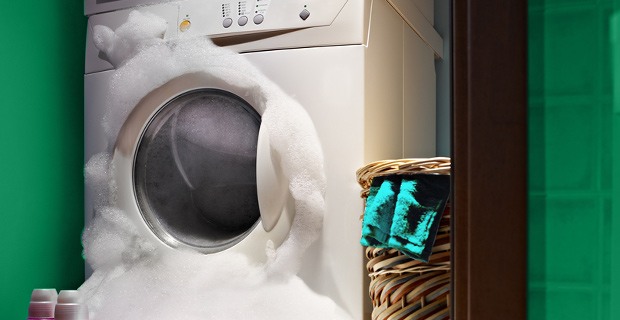Ignition Issues: Why Aren’t Gas Cooktops Lighting?
Ignition Issues: Why Aren’t Gas Cooktops Lighting?
Gas cooktops are a staple in many kitchens, offering precise heat control and immediate cooking results. However, when ignition issues occur, it can disrupt your cooking experience and pose safety concerns. This article explores the inner workings of gas cooktop ignition systems, common problems that prevent proper lighting, and effective solutions. From understanding the basic components involved to troubleshooting simple issues at home, we will provide you with insights and practical advice. Whether you're facing intermittent lighting problems or your cooktop won't ignite at all, this guide will help you identify and solve these issues efficiently.
How Does a Gas Cooktop’s Ignition System Work?
Understanding how a gas cooktop's ignition system functions is crucial for diagnosing and fixing any issues that might prevent it from lighting properly. The system comprises several key components, each playing a vital role in ensuring efficient and safe operation.
Key Components and Their Functions
Igniter: This is the component that generates the spark needed to light the gas. In most modern cooktops, it's an electric igniter that uses a high-voltage spark.
Gas Valve: The gas valve controls the flow of gas to the burners. It opens when the igniter is activated and closes when the cooktop is turned off.
Control Knob: This knob allows the user to control the gas flow and, indirectly, the igniter. Turning the knob to the "light" position triggers the ignition process.
Thermocouple: A safety device that detects heat from the burner. If the thermocouple does not sense heat, it will prevent the gas valve from staying open, thus avoiding gas leaks.
Steps in the Ignition Process
Turning the Control Knob: When you turn the control knob to ignite, it signals the gas valve to open and the igniter to produce a spark.
Gas Flow Activation: Simultaneously, gas begins to flow towards the burner, where it mixes with air to create the right combustion mixture.
Ignition: The igniter emits a spark that ignites the gas-air mixture, creating the flame used for cooking.
Continuous Flame: As long as the control knob is turned to the operating position, the gas will continue to flow, and the flame will remain lit, with the thermocouple keeping the gas valve open by confirming the presence of the flame.
This system ensures that your cooktop lights reliably and safely every time it's used, with built-in safeguards to prevent accidents.
Common Ignition Problems and Their Causes
Gas cooktops are generally reliable, but like all appliances, they can experience problems that affect their performance. Understanding the most common ignition issues and their causes can help you troubleshoot effectively and ensure continued functionality.
Electrical Connection Issues
One frequent culprit behind ignition failures in gas cooktops is electrical connection issues. These can range from simple loose wire connections to more significant problems like faulty wiring or a malfunctioning ignition switch. Symptoms of electrical problems include the igniter not sparking at all or sparking intermittently. Regular maintenance checks can help catch these issues early, ensuring that all electrical connections are secure and functional.
Obstacles in Gas Flow
Another common issue is the obstruction in the gas flow. This can be due to clogged burner ports or a malfunctioning gas valve that doesn’t open properly. Dirt, food particles, or a buildup of debris can block the gas flow, preventing the burner from lighting. Regular cleaning of the burner heads and checking the gas lines for any signs of obstruction or damage can help maintain proper gas flow.
Sensor and Thermocouple Failures
The thermocouple is a crucial safety feature that detects heat from the burner flame. If the thermocouple fails, it may incorrectly assume there is no flame present and thus shut off the gas flow, preventing the burner from staying lit. Similarly, other sensors that monitor temperature or control gas flow can fail due to wear and tear, misalignment, or dirt accumulation. Replacing a faulty thermocouple or cleaning and realigning sensors can often resolve these issues.
By addressing these common problems, you can enhance the reliability and safety of your gas cooktop, ensuring it operates smoothly for years to come.
Simple Troubleshooting You Can Do at Home
When your gas cooktop fails to ignite, it's not always necessary to call in a professional right away. There are several troubleshooting steps you can undertake at home to potentially resolve the issue. Here’s how you can get started:
- Cleaning and Maintenance Tips
- Resolving Contact Issues
- Checking Gas Flow
Cleaning and Maintenance Tips
Regular cleaning is crucial for maintaining the performance and safety of your gas cooktop. Begin by ensuring the cooktop is completely cool and then remove the burner caps and grates. Using a mixture of mild detergent and water, clean these components thoroughly to remove any food debris, grease, or dirt. For tougher residues, a non-abrasive scrubber can be used. Ensure the burner ports are clear of any obstructions by using a pin or needle to remove debris. After cleaning, make sure everything is dry before reassembling.
Resolving Contact Issues
Electrical contacts in the ignition system can become loose or corroded over time, which may prevent effective sparking. Check the connections to the igniter and ensure they are tight and free of corrosion. If the igniter uses a battery, verify that the battery is functioning and replace it if necessary. Gently cleaning the contacts with a small brush or sandpaper can restore a good electrical connection.
Checking Gas Flow
To ensure that gas is flowing properly to the burners, listen for a hissing sound when you turn the gas knob. If you do not hear this, there might be an issue with the gas valve or line. Ensure that the gas valve is fully open and that there are no kinks or blockages in the gas line leading to the cooktop. It’s also a good idea to check if other gas appliances in your home are functioning, as this can help determine if the issue is localized to your cooktop or a broader gas supply issue.
By performing these simple maintenance and troubleshooting steps, you can often fix minor problems without needing to resort to professional help. This not only saves money but also keeps your cooktop in optimal working condition.
Situations That Require Professional Service
While many common issues with gas cooktops can be resolved through basic troubleshooting, there are instances when it's safer and more efficient to seek professional help. Understanding when to call in the experts can prevent further damage and ensure safety.
When Should You Seek Expert Help?
- Persistent Ignition Failure
- Gas Smell
- Visible Damage to Gas Lines
- Electrical Problems
- After a Malfunction or Accident
Persistent Ignition Failure: If your cooktop consistently fails to ignite despite following basic troubleshooting steps, the problem may be deeper, such as a faulty ignition module or internal wiring issues.
Gas Smell: If you smell gas when attempting to use your cooktop, it's critical to shut off the gas supply immediately and contact a professional. This could indicate a leak, which poses significant safety risks.
Visible Damage to Gas Lines: Any visible wear or damage to gas lines requires professional attention to prevent leaks and ensure that all connections are secure.
Electrical Problems: If you suspect electrical issues beyond simple contact or battery problems—such as malfunctioning switches or wiring—it's best to leave these repairs to qualified technicians who have the tools and knowledge to handle them safely.
After a Malfunction or Accident: Following any significant malfunction or if your cooktop has been involved in an accident (e.g., heavy impact, water damage), a professional inspection will ensure that all components are functioning correctly and safely.
Choosing a Reliable Service Provider
Choosing the right professional service provider is crucial for ensuring that your gas cooktop is repaired effectively and safely. Look for certified and licensed professionals with good reviews and a track record of reliable service. It's also advisable to choose technicians who specialize in your brand of cooktop, as they will have the specific knowledge and parts needed. Always verify their credentials and ask for references if available. Additionally, inquire about their warranty and service guarantees to ensure that your repair is protected.
By knowing when to seek professional help and how to choose a reliable service provider, you can maintain your gas cooktop’s functionality and safety without compromise.
Prevention and Maintenance Advice
Maintaining your gas cooktop not only ensures consistent performance but also extends its lifespan and prevents safety hazards. Regular upkeep is key to avoiding common issues.
The Importance of Regular Maintenance
Regular maintenance of your gas cooktop is crucial for ensuring it operates efficiently and safely. Routine checks can identify potential problems before they become serious, saving you from costly repairs or dangerous situations. Keeping components clean and in good working order also enhances performance and energy efficiency.
Tips for Sustained Performance
Clean Regularly: Keep the cooktop surface, burners, and control knobs free from grease and food particles to prevent clogging and ensure proper functioning.
Check for Wear: Regularly inspect hoses and connections for signs of wear or damage. Replace any parts that appear deteriorated.
Professional Inspections: Have your cooktop inspected by a professional annually to ensure all mechanical and safety features are functioning correctly.
Following these simple maintenance tips will help keep your gas cooktop in top condition, providing reliable service and delicious meals.


